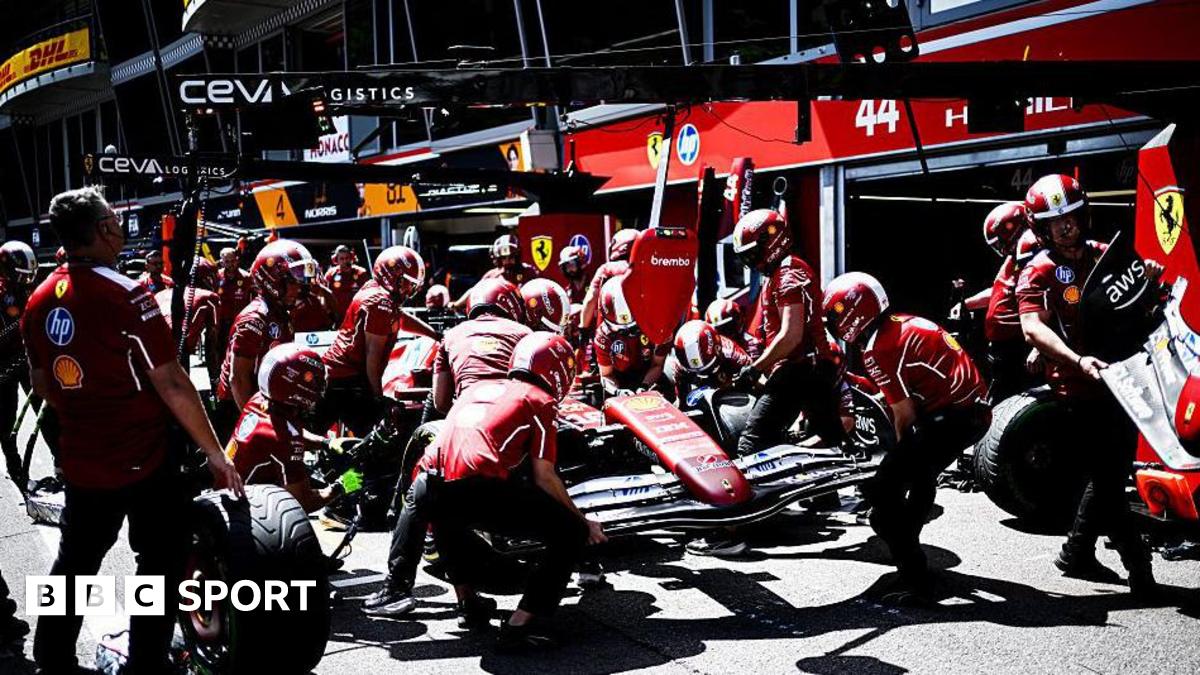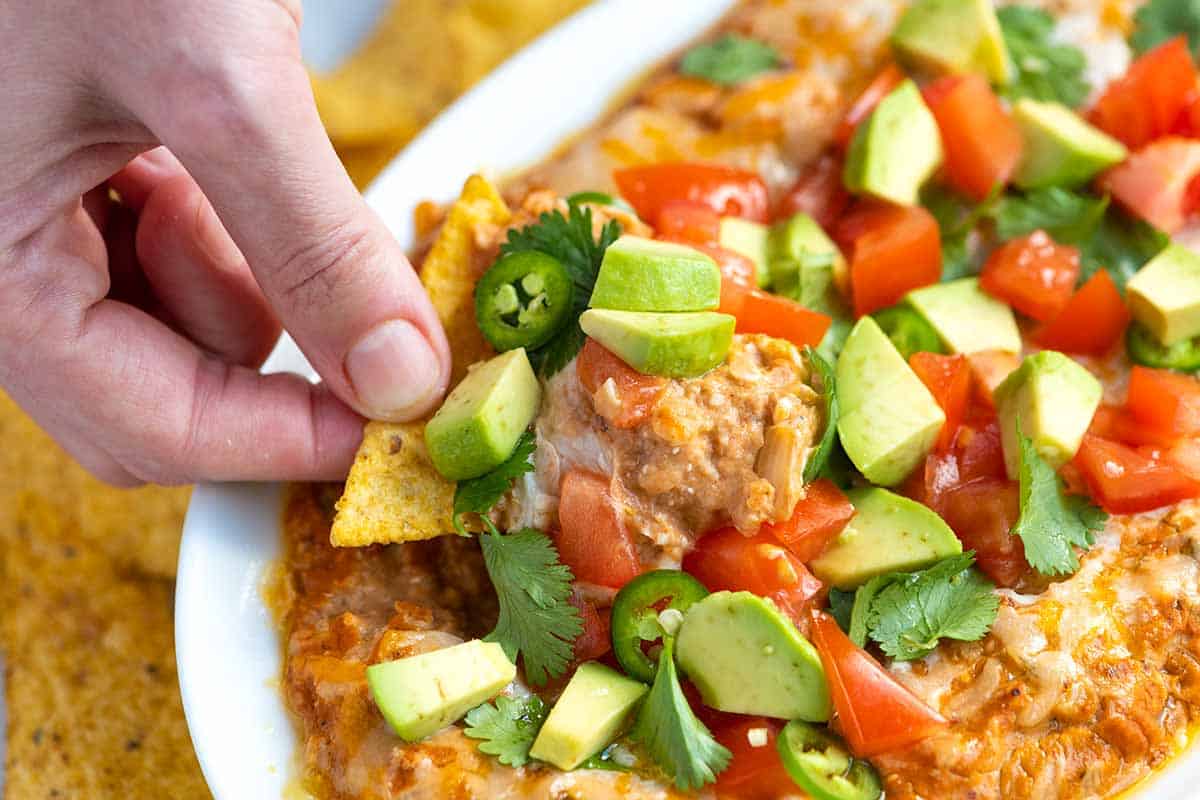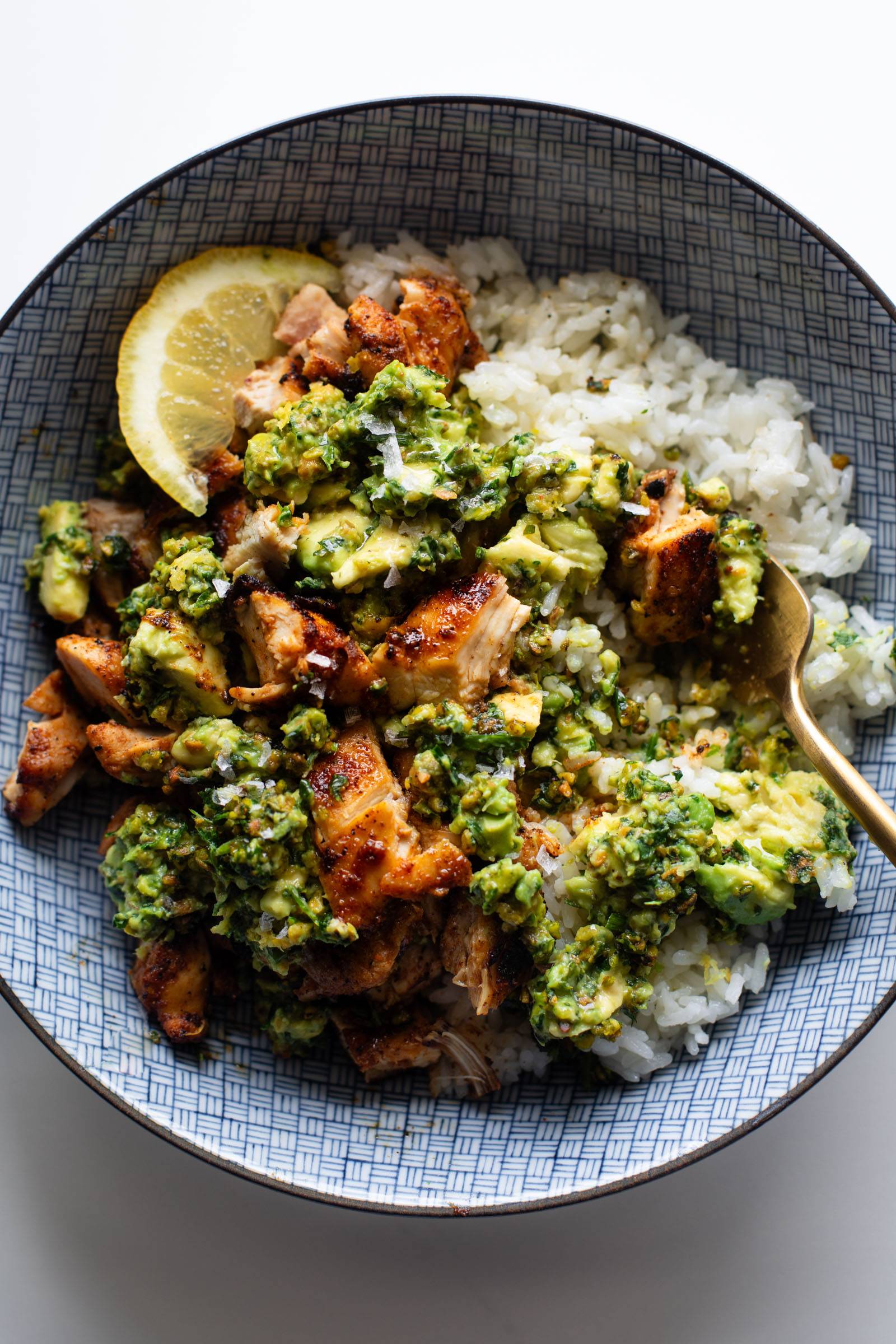What’s actually driving the protein boom?

There’s a quiet transformation underway in how we eat. It’s not being led by chefs, influencers, or climate activists. It’s being driven by a new class of pharmaceuticals that are changing the way millions of people relate to food itself.
GLP-1 drugs like Ozempic and Wegovy work by altering hunger signals in the brain. These medications don’t just help people feel full sooner. They are reshaping consumption patterns across the board. When hunger changes, everything from portion sizes to snacking habits and flavor preferences follows.
This is fueling a broader redefinition of how we think about protein. What used to be a food category mostly associated with muscle-building or dieting is now at the center of a cultural and metabolic shift.
We’re entering a new phase where people are eating less but expecting more from what they do eat. That’s why protein is showing up in unexpected places—pasta sauces, pancake mixes, condiments, even mustard. Yes, protein mustard. Some of this feels like marketing gone rogue. (How much seasoning do I need to eat before it impacts my protein intake?) But the underlying trend is real. People want smaller portions with higher impact.
This shift disrupts the conventional thinking that indulgent foods (hamburgers, ice cream, chocolate) must inherently lack nutritional value, while healthier options (kale salads or plain tofu) can’t offer true enjoyment. GLP-1 breaks down this barrier, emphasizing the need for indulgence and nutrition to coexist.
This shift is especially visible in the snack aisle. A recent Wall Street Journal article spotlighted how protein-rich snacks are rising in popularity as consumers seek satiety and nutrition in smaller formats. This isn’t about indulgence anymore. It’s about optimization.
At the same time, the definition of protein itself is evolving. New formats are emerging, from refined plant-based offerings to fermentation-derived and cultivated proteins. At Aleph Farms, the cultivated meat company I lead, we designed a product that is right-sized for the GLP market. Our first Aleph Cut is called a “Petit Steak,” which is smaller and thinner. These aren’t just replacements for conventional meat. They are recalibrations, designed for consumers who want fewer bites, but better ones.
Even pharmaceutical companies are taking notice. Novo Nordisk, maker of Ozempic and Wegovy, recently funded research into less-processed plant proteins at the University of Copenhagen. It’s a strong signal that food innovation is starting to orbit around a new gravitational center: changed appetites.
For the food industry, this isn’t just about cutting portion sizes or slapping “high protein” on a label. It’s about rethinking what protein can mean when hunger looks different. Can it be lighter and still satisfying? Can it be more sustainable without losing its emotional resonance? Can it become something people seek out, not for fullness, but for fulfillment?
In the GLP-1 era, people aren’t eating to feel full. They’re eating to feel nourished, energized, and in control.
So the real question isn’t “how much protein does this product contain?” It’s “how does this protein earn its place?”
What's Your Reaction?
 Like
0
Like
0
 Dislike
0
Dislike
0
 Love
0
Love
0
 Funny
0
Funny
0
 Angry
0
Angry
0
 Sad
0
Sad
0
 Wow
0
Wow
0

















































![Mistine chats environmentalism, new album and a fun touring moment [Interview]](https://earmilk.com/wp-content/uploads/2025/05/i-guess-this-is-where-were-at_AlbumArtwork-3-800x471.jpg)










































